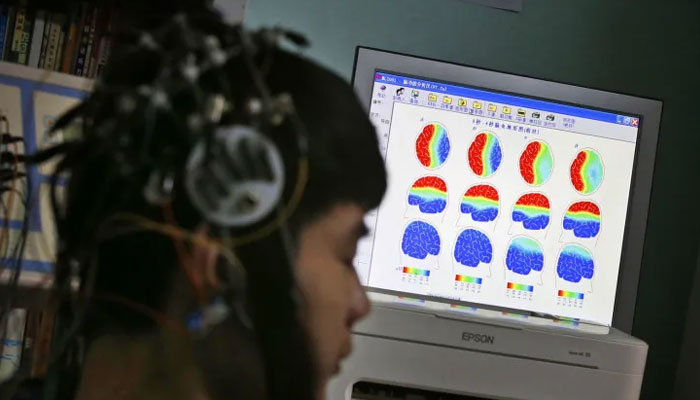
Recent advancements in neural network brain scans are beginning to unravel mysteries of creativity

The enigma of creativity, from the literary brilliance of Jane Austen to the innovative genius of Zaha Hadid, has long captivated minds, News Scientist reported.
While some seem naturally endowed with boundless creative prowess, the underlying mechanisms behind this phenomenon have remained elusive.
However, recent advancements in neural network brain scans are beginning to unravel the mysteries, offering insights that could potentially unlock creative potential in us all.
Researchers delving into the intricacies of creativity are making headway with the “dual process theory,” which delineates between idea generation and idea evaluation.
In the initial phase, individuals tap into their reservoir of knowledge, often employing free association to unearth novel connections and insights.
This process may involve drawing analogies from disparate domains, fostering originality in thought. Subsequently, during idea evaluation, a critical lens is applied to sift through concepts and select those most aligned with desired outcomes.
For instance, a novelist must weigh the allure versus the coherence of a fantastical plot twist, while an engineer must assess the feasibility of unconventional design inspirations.
This dual-stage process underscores the iterative nature of creative endeavours, wherein ideas undergo continuous refinement on the path from conception to fruition.
By elucidating these cognitive mechanisms, researchers aim to demystify creativity and pave the way for strategies to enhance original thinking across diverse domains.
As the veil over the workings of creativity lifts, the prospect of nurturing and harnessing creative potential becomes increasingly tangible for individuals and societies alike.